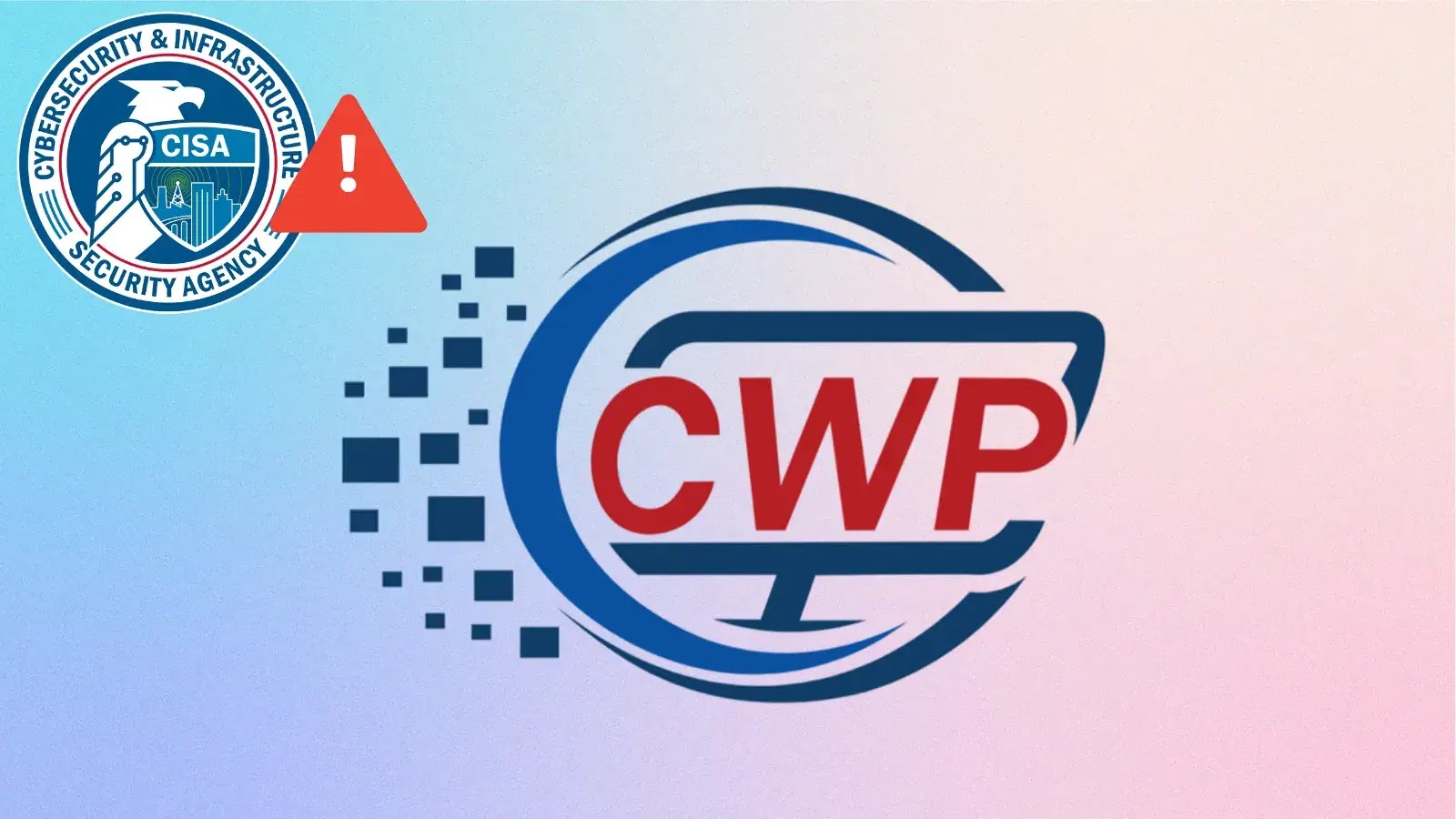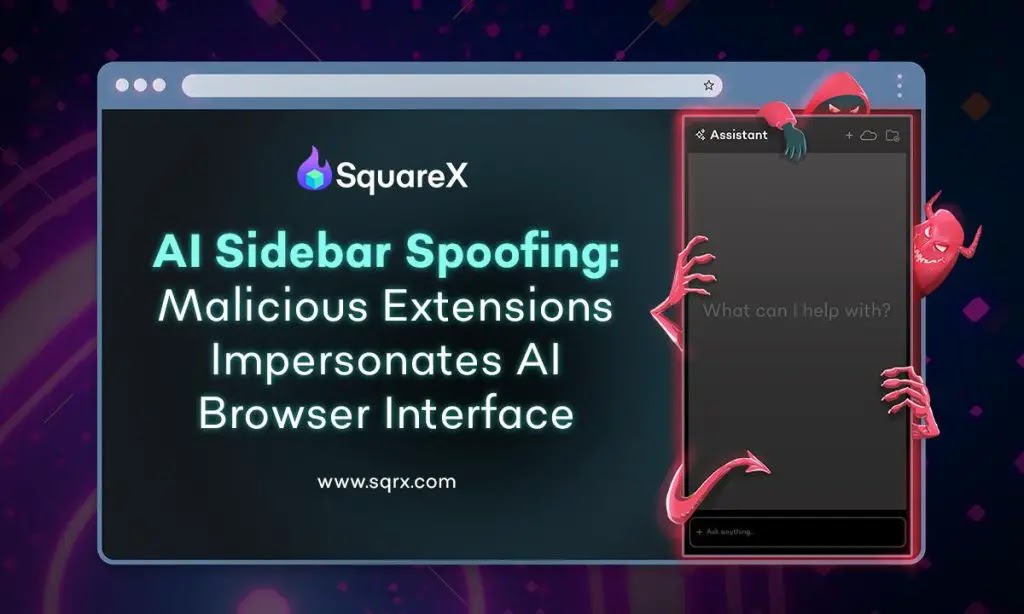Critical OS Command Injection Vulnerability in Control Web Panel Exploited in the Wild
The Cybersecurity and Infrastructure Security Agency (CISA) has issued an urgent alert concerning a severe OS command injection vulnerability in Control Web Panel (CWP), previously known as CentOS Web Panel. This flaw, identified as CVE-2025-48703, allows unauthenticated remote attackers to execute arbitrary commands on affected systems, posing a significant threat to organizations utilizing this web hosting control panel.
Understanding CVE-2025-48703
CVE-2025-48703 is classified under CWE-78, which pertains to improper neutralization of special elements used in an OS command. The vulnerability resides in CWP’s file manager’s `changePerm` functionality. By injecting malicious shell metacharacters into the `t_total` parameter, attackers can trigger remote code execution without needing authentication. Exploiting this flaw requires only knowledge of a valid non-root username, significantly lowering the barrier for potential attackers.
Scope and Impact
Control Web Panel is a widely adopted free web hosting control panel, managing services such as Apache/NGINX web servers, MySQL/MariaDB databases, email systems, and DNS configurations. With over 200,000 instances identified globally through Shodan searches, the potential impact of this vulnerability is extensive. The flaw affects CWP versions 0.9.8.1204 and 0.9.8.1188 running on CentOS 7 systems.
Technical Details
The vulnerability stems from two primary issues:
1. Authentication Bypass: The file manager’s permission change functionality fails to properly validate user credentials. Attackers can bypass authentication by modifying the URL path, allowing unauthorized access to restricted endpoints.
2. Command Injection: The `t_total` parameter lacks proper input sanitization, enabling attackers to inject arbitrary shell commands using command substitution syntax. When the server processes permission changes, it executes commands like `chmod 644 /home/myuser/.bashrc`. By manipulating the `t_total` parameter with payloads like `$(arbitrary_command)`, attackers can achieve remote code execution with the privileges of the target user account.
Exploitation and Mitigation
Security researchers have developed proof-of-concept exploits demonstrating the ease of leveraging this vulnerability. For instance, using a simple `curl` request, attackers can establish a reverse shell connection, granting interactive access to the compromised system.
CISA added CVE-2025-48703 to its Known Exploited Vulnerabilities catalog on November 4, 2025, indicating active exploitation in the wild. The agency has set a remediation deadline of November 25, 2025, urging organizations to take immediate action.
Recommended Actions
Organizations using Control Web Panel should:
– Update Immediately: Apply the security patch released in version 0.9.8.1205 to address this vulnerability.
– Audit Systems: Review logs for unusual `changePerm` requests containing shell metacharacters or unexpected parameter values to detect potential compromises.
– Restrict Access: Implement network segmentation and access controls to limit exposure of CWP management interfaces to trusted networks only.
– Monitor Systems: Continuously monitor for suspicious activity, including unauthorized file modifications and unexpected network connections.
Given the widespread use of CWP and the simplicity of exploiting this vulnerability, it is imperative for organizations to act swiftly to secure their systems and prevent potential breaches.



